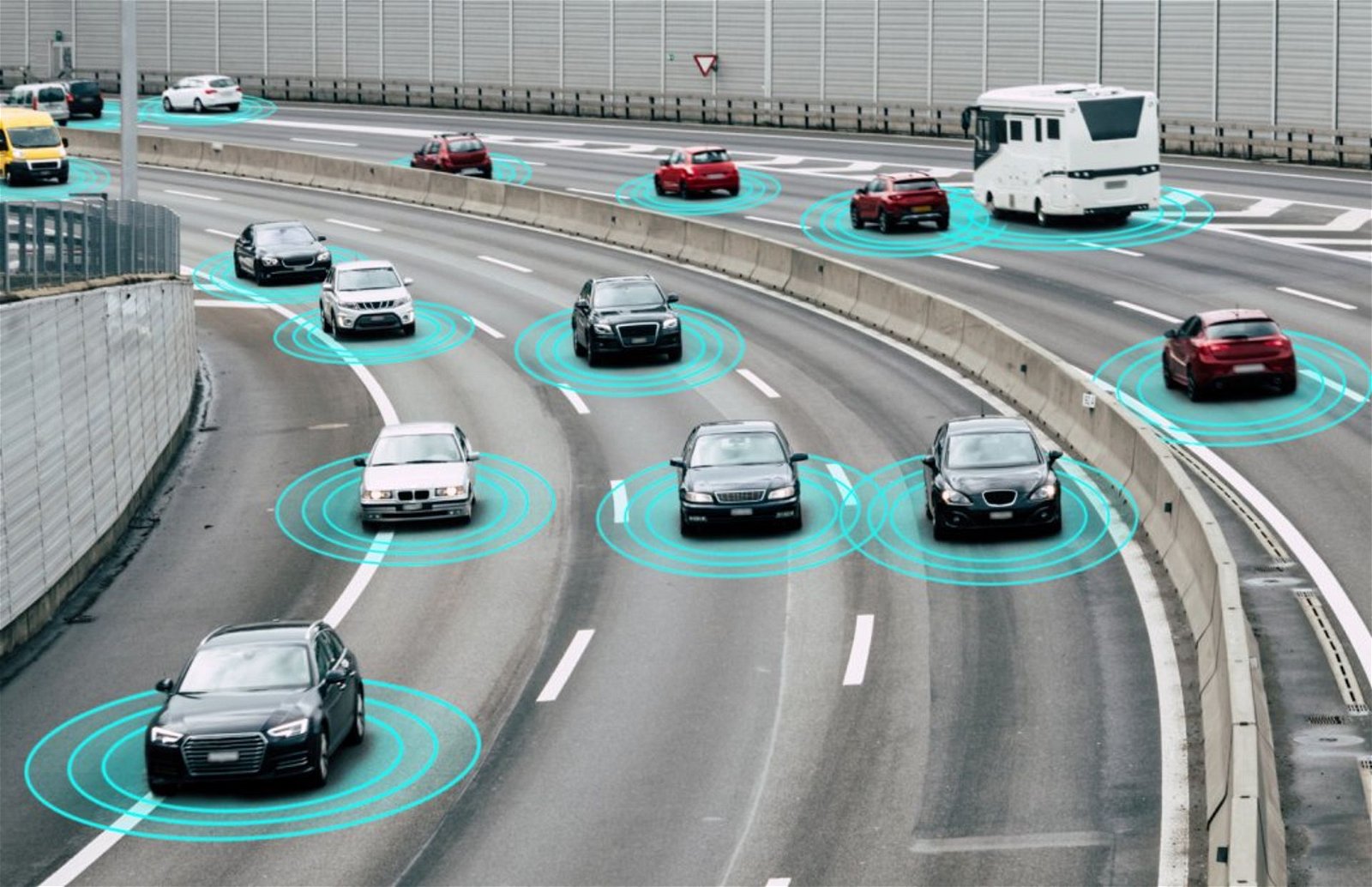Are Driverless Cars Still Set to Impact CRE?

Driverless cars are everywhere. Now, the autonomous car trend is spreading across the world. So, we need to prepare for changes that these vehicles could cause. Whether on the road or in your home, driverless cars will begin to affect your day-to-day life.
You’ve probably heard the debate regarding driverless cars and their impact on commercial real estate. Now, the fuss is dying down a bit, but these cars will likely still have an influence on CRE. Here, we will investigate the four implications of driverless cars on CRE and what you should be watching for.
1. Parking lot requirements will likely change
You know how frustrating it is to pull up to the grocery store and not be able to find a parking lot or to your apartment after grocery shopping and have to park a mile away from the building entrance. Well, if driverless cars become as popular as they’re expected to, this inconvenience may disappear completely as the cars would pick you up and drop you off exactly where you need to go.
Therefore, CRE buildings will have to modify in order to accommodate for the demand of cars coming and going. Whether you own office space or multi-family building, uber, Lyft, and autonomous cars will require spacious landing areas to pick up and drop off riders. Plus, the cars will need sufficient room to safely and efficiently drive around the premise of the building.
2. Or, lots will become obsolete
Another possibility is that parking lots will be done away with altogether. As autonomous cars drive through the flow of traffic and up to your doorstep, the transition could be as seamless as someone hopping into the car and riding off. And, if the process becomes mainstream, there will be less of a need for car storage and parking lots in front of CRE buildings and centers.
3. Tenants desire proximity to transit centers
As driverless cars become the norm of transportation, people may rely on their own individual cars less and less. Therefore, they may value properties that are located near transit centers — like subway stations, bus hubs, and areas that are easily accessed by driverless cars — may increase in value. Whether the property is for work or leisure, the people onsite will require transportation and convenience is always valued.
4. Outer-city areas may increase in accessibility
As less individual cars are on the road, and people rely more and more on public transportation and driverless cars, traffic may decrease allowing for more space on the road. If this is the case, individuals may be more likely to accept a home or office that is farther away. Similarly, if people are able to be conveniently dropped off and picked up, without touching a wheel or sharing the space with anyone else (if they choose a solo ride), people may be more willing to accept a longer commute to outer-city neighborhoods and office buildings.
All in all, we know that driverless cars will have an effect on CRE. Now, we just have to wait to see when the changes will come and how drastic the impact will be.
Now that you’ve read up on the latest driverless car insights, are you ready to learn more about the status of the CRE industry? Check out the most recent CRE updates and news on the blog. Here, you’ll find answers to your top CRE questions and concerns.
A Trusted Guide in Commercial Real Estate
Coldwell Banker Commercial® provides Commercial Real Estate Services from Property Sales and Leases, to Property Management. Learn how our expansive network of Independently Owned and Operated Affiliates and Real Estate Professionals use their in-depth knowledge of the local market and industry trends to help businesses and investors navigate the complexities of the commercial real estate landscape.






